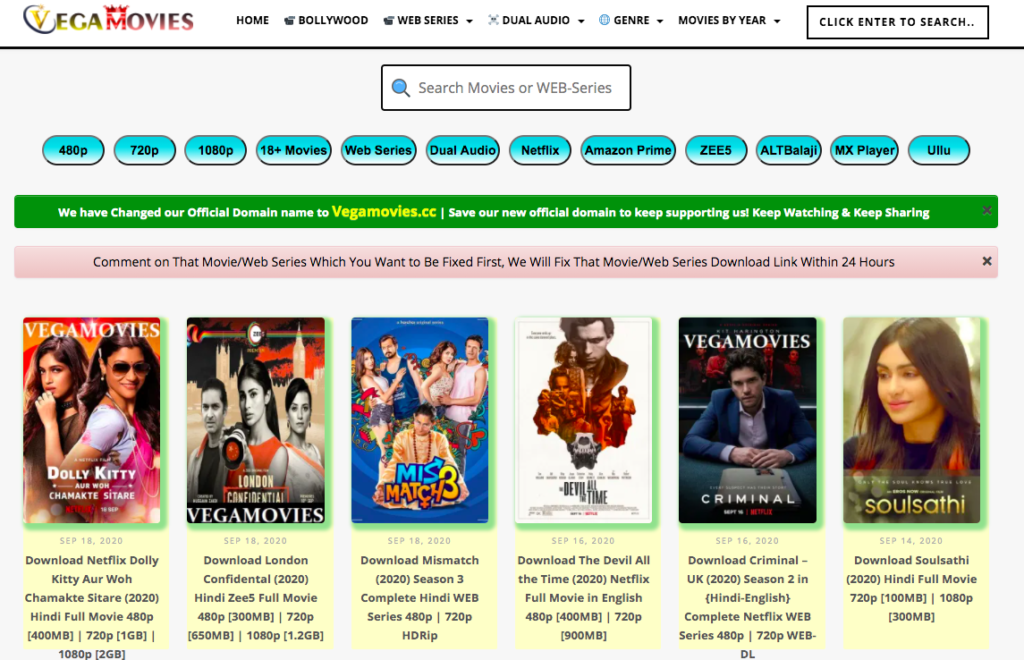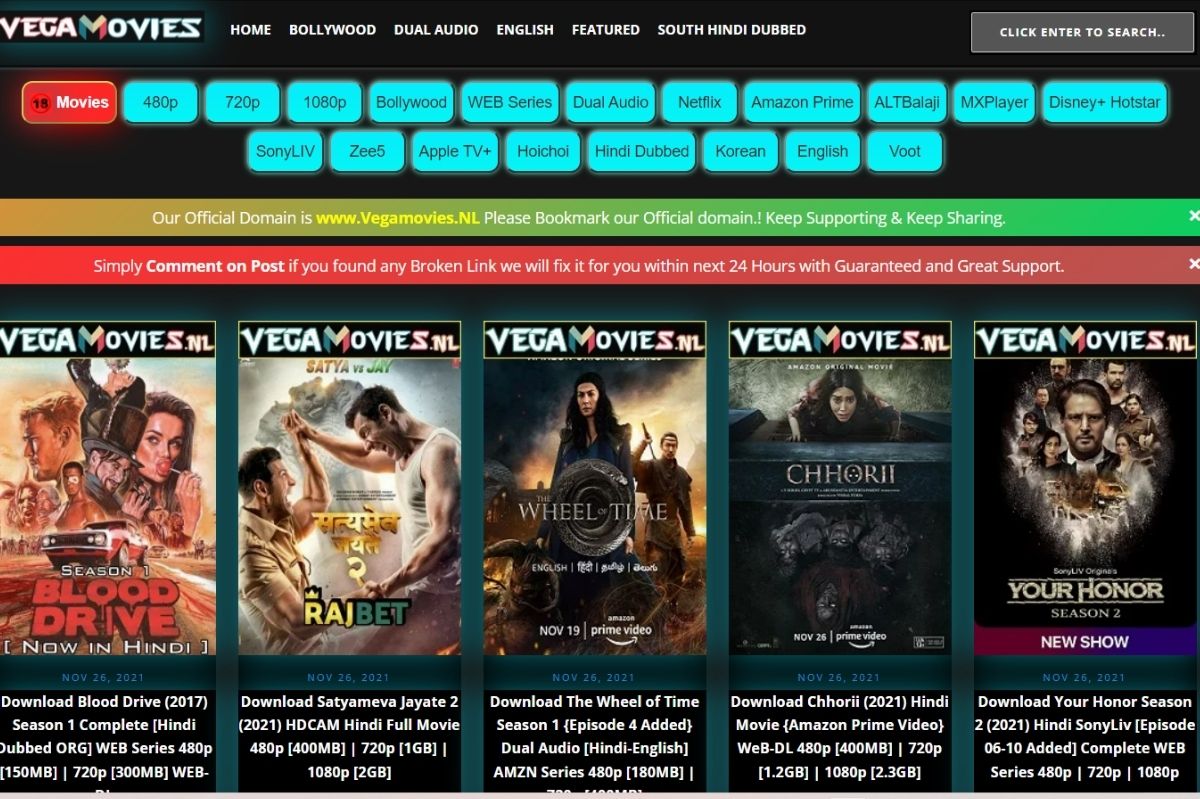Is the digital frontier truly a boundless ocean of entertainment, or are we merely navigating a series of curated streams? The ability to effortlessly access and enjoy a vast library of movies, from the comfort of our homes, has irrevocably altered the landscape of cinematic consumption, offering unprecedented choice and convenience, yet also posing new challenges in terms of discoverability and quality.
The current entertainment ecosystem, particularly in the realm of film, is in a perpetual state of flux. Streaming services, digital storefronts, and online communities have reshaped how we engage with movies. Users now possess the power to effortlessly browse through a myriad of genres, ranging from the latest blockbuster action flicks to obscure independent documentaries, all at the click of a button. Reviews, both professional and user-generated, provide valuable insight, shaping viewing decisions and influencing the popularity of films. Moreover, the ability to discover new releases, often simultaneously with their theatrical debut, has significantly reduced the lag time between cinematic creation and audience consumption. This instant gratification is a key driver of the modern entertainment landscape.
This evolving landscape, however, presents a paradoxical situation. While the choices are vast, finding the right film can sometimes feel like searching for a specific grain of sand on a sprawling beach. The overwhelming volume of content can lead to decision fatigue, as viewers spend more time scrolling through options than actually watching movies. The algorithms that curate our recommendations, while designed to personalize the experience, can also create echo chambers, limiting exposure to diverse perspectives and unexpected cinematic gems. Furthermore, the rise of streaming has, in some cases, led to a devaluation of the movie-watching experience, with a shift away from the communal atmosphere of the cinema to the solitary, often distracted, consumption of films at home.
The digital realm of entertainment is often compared to a vast, ever-expanding library. The benefits are undeniable: unparalleled access, unprecedented choice, and the convenience of instant viewing. Digital platforms and streaming services have democratized access to films, breaking down geographical barriers and providing opportunities for independent filmmakers to reach a wider audience. The advent of online communities has facilitated the formation of niche audiences, allowing enthusiasts to connect with like-minded individuals and discuss their favorite films in detail. However, there are also disadvantages. The constant influx of new releases can be overwhelming. The quality of content varies widely, and the lack of a curated, discerning filter can lead to the consumption of substandard films. Moreover, the rise of streaming has, arguably, diminished the cultural importance of the cinema, with viewing habits often shifting towards individual rather than shared experiences.
Film and technology have always been intertwined. The evolution of cinema, from the earliest moving images to the current dominance of digital filmmaking, is a testament to this ongoing relationship. The technology that allows us to stream movies also enables filmmakers to produce them more efficiently, experiment with new styles, and reach a global audience with greater ease. From cutting-edge visual effects to immersive soundscapes, the technical aspects of modern cinema have reached new heights. But the core storytelling principles remain constant. At the heart of every film is a narrative, a human story that resonates with audiences regardless of the technical advancements that bring it to life.
The proliferation of online resources dedicated to film is another defining characteristic of the modern era. Dedicated websites and online communities are the go-to source for a wide range of information. These platforms provide everything from detailed film reviews and behind-the-scenes content to trailers and interviews. The rise of these resources reflects a growing interest in film analysis, a desire to understand the creative process, and the development of a more critical and engaged audience. Some of these websites and communities offer sophisticated tools for sorting and filtering films, allowing users to identify movies based on their preferences. This wealth of readily accessible information has empowered viewers, equipping them to make more informed viewing choices and participate in the ongoing dialogue surrounding cinema.
Staying abreast of the latest developments in the film industry is often a full-time job. Information is constantly being updated, from release dates and casting news to trailers and behind-the-scenes glimpses. For devoted fans, this means continuously monitoring websites, social media channels, and online communities. In the context of the current landscape, this is a necessity for anyone who wishes to be in the know. The speed with which information spreads online demands that fans remain constantly engaged to stay up to date and avoid being left behind. The challenge lies in navigating this sea of information to avoid misinformation or excessive hype.
Filmibeat, a well-established platform in the digital media landscape, exemplifies the way websites cater to specific audience. The site offers a robust selection of content aimed at keeping users informed and engaged in the world of cinema. It serves as a hub for bollywood films release dates, trailers, teasers, reviews, and all the latest news. By concentrating on the entertainment industry, Filmibeat caters to audiences. The ease of use and scope of content make it popular as a go-to resource for cinema enthusiasts who want information about all the latest movies, from previews and reviews to release dates and in-depth articles.
Digital Mind exemplifies another approach. It offers a blend of the latest articles, tutorials, and reviews designed to demystify the ever-changing technological environment. This includes how the developments impact how entertainment, movies, and other information is accessed. This offers a balanced perspective to anyone interested in film in the digital age.
In the realm of streaming services, users can enjoy a seamless experience of movie viewing. By following a few simple steps, users can get started in just a few seconds. First, users simply visit the website of their preferred service and browse the movie categories. Then, they can select a movie by clicking on its title. Finally, they can enjoy streaming the film directly from their browser. This model is becoming the standard for accessibility, offering viewers unparalleled flexibility to enjoy content on demand.
Ultimately, the future of the digital film landscape rests on the interplay between content creators, technology providers, and the audience. Maintaining a balance between innovation, discoverability, and creative integrity will be crucial. While embracing the benefits of digital distribution and online communities, it's equally important to foster an environment that encourages critical engagement, supports independent filmmakers, and celebrates the communal experience of cinema. The challenge is not simply to consume more movies, but to engage with them in a more meaningful and discerning way, ensuring that the digital frontier of entertainment remains a vibrant and enriching space for all.
| Feature | Description |
|---|---|
| Genre Availability | Movies available across a wide range of genres, including action, comedy, drama, romance, and more. |
| Review Accessibility | Access to both professional film reviews and user-generated feedback, facilitating informed viewing choices. |
| New Release Discovery | Ability to discover and often instantly watch new movie releases, sometimes concurrent with their theatrical debuts. |
| Platform Integration | Integration with multiple devices, including computers, mobile devices, and smart TVs, for on-demand viewing. |
| User Experience | Features designed to make browsing and selecting movies easy, such as personalized recommendations, search filters, and watchlist functionality. |
| Cost Considerations | Subscription-based models or pay-per-view options, which vary depending on the service and content available. |
| Technical Aspects | High-definition streaming quality and adaptive bitrate technology for optimal viewing experience based on the user's internet connection. |
| Content Variety | Availability of diverse content from various countries and production studios to accommodate viewers' preferences. |


